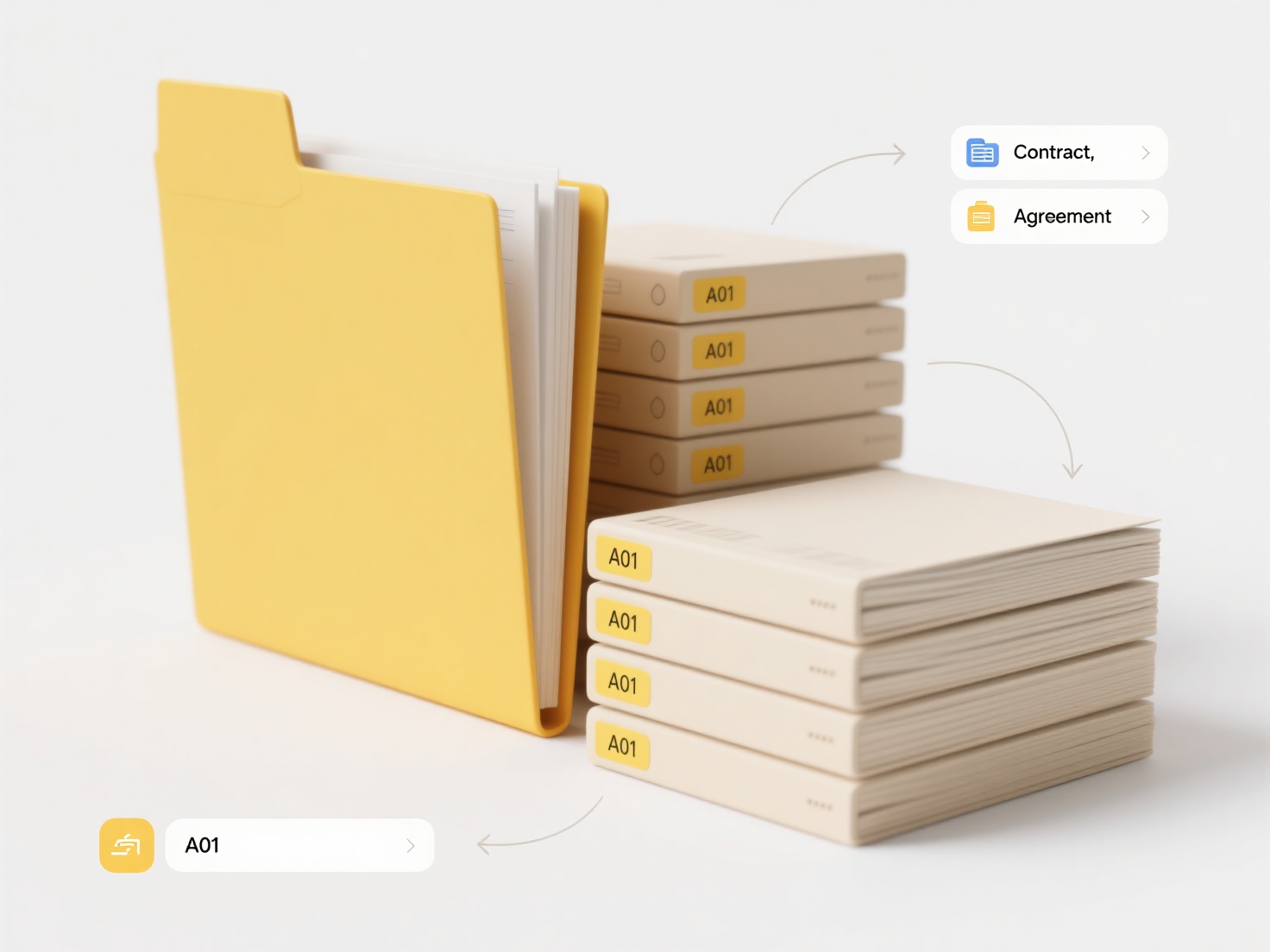
Auto-renaming downloaded invoices by date refers to the process of automatically assigning a consistent filename to invoice files based on the date information contained within them or their metadata. This typically involves using software or scripts to extract the date (like the invoice date or the current download date) and insert it into a predefined filename structure (e.g., Invoice_2024-06-15.pdf). It contrasts with manual renaming, saving significant time and reducing errors in file organization, especially when handling multiple invoices.
For instance, a finance department could use a folder action script on macOS that watches a "Downloads" folder. Whenever a new PDF invoice arrives, the script extracts the invoice date from the document text using OCR or embedded metadata, and renames the file accordingly. Similarly, a freelance designer might use a custom macro within their accounting software upon downloading client invoices, ensuring all files are consistently named like ClientName_InvoiceDate.pdf for easy retrieval and record keeping.

The main advantage is drastically improved efficiency and consistency in document management, reducing time spent sorting and minimizing the risk of duplicate or misplaced files. Key limitations include the need for the date information to be reliably present and parsable by the chosen automation tool. Future developments involve more sophisticated AI to accurately extract dates from varying invoice formats automatically.
How do I auto-rename downloaded invoices by date?
Auto-renaming downloaded invoices by date refers to the process of automatically assigning a consistent filename to invoice files based on the date information contained within them or their metadata. This typically involves using software or scripts to extract the date (like the invoice date or the current download date) and insert it into a predefined filename structure (e.g., Invoice_2024-06-15.pdf). It contrasts with manual renaming, saving significant time and reducing errors in file organization, especially when handling multiple invoices.
For instance, a finance department could use a folder action script on macOS that watches a "Downloads" folder. Whenever a new PDF invoice arrives, the script extracts the invoice date from the document text using OCR or embedded metadata, and renames the file accordingly. Similarly, a freelance designer might use a custom macro within their accounting software upon downloading client invoices, ensuring all files are consistently named like ClientName_InvoiceDate.pdf for easy retrieval and record keeping.

The main advantage is drastically improved efficiency and consistency in document management, reducing time spent sorting and minimizing the risk of duplicate or misplaced files. Key limitations include the need for the date information to be reliably present and parsable by the chosen automation tool. Future developments involve more sophisticated AI to accurately extract dates from varying invoice formats automatically.
Quick Article Links
Why does my file open in the background?
Files may open in the background instead of appearing immediately on your screen for efficiency and resource management....
How do I organize team folders by responsibility?
Organizing team folders by responsibility means structuring shared digital spaces where specific individuals or roles ar...
How can I open a file with no extension?
Files without extensions lack the typical suffix (like .txt or .jpg) that indicates their format and compatible software...